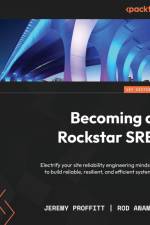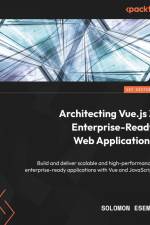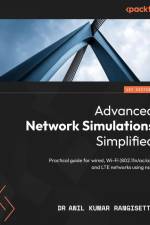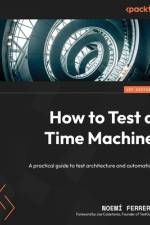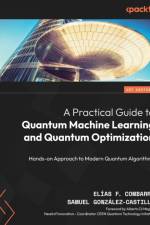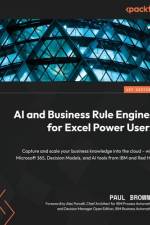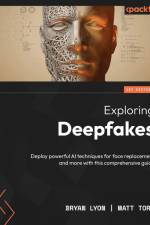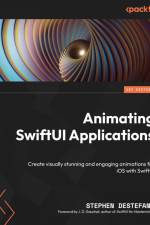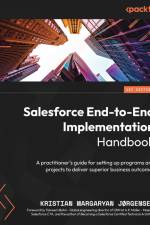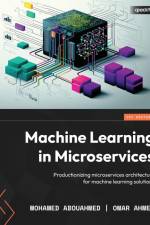av Imran Bashir
685,-
Demystify one of the most disruptive modern technologies and gain an understanding of distributed ledger technology, consensus protocols, smart contracts, DApps, blockchain scalability, privacy, security, and more.Purchase of the print or Kindle book includes a free eBook in PDF format.Key Features:Study new blockchains, including Polkadot, Solana, and Ethereum execution layer and consensus layer.Explore distributed ledger technologies such as Ethereum, Bitcoin, Hyperledger Fabric, and Quorum.Get to grips with Solidity, Web3, NFTs, DeFi, and smart contract development.Book Description:Blockchain is the backbone of cryptocurrencies, with applications in finance, government, media, among other industries. With a legacy of providing technologists with executable insights, this new edition of Mastering Blockchain is thoroughly revised and updated according to the latest blockchain research. With new chapters on Decentralized Finance, Decentralized Identity and blockchain privacy, scalability, and security, as well as bonus online content exploring alternative blockchains, this is an unmissable read for everyone who wants to gain a deep understanding of blockchain.Although this book covers the basics, including blockchain's technical underpinnings, cryptography, and consensus protocols, it doesn't shy away from advanced topics and practical expertise, such as decentralized application (DApp) development using smart contracts. Throughout the book, you'll explore blockchain solutions beyond cryptocurrencies, such as the Internet of Things (IoT) with blockchain, enterprise blockchains, and tokenization, and gain insight into the future scope of this fascinating and disruptive technology.By the end of this blockchain book, you will have gained a thorough comprehension of the various facets of blockchain and understand the potential of this technology in diverse real-world scenarios.What You Will Learn:Grasp the mechanisms behind Bitcoin, Ethereum, and other blockchain protocolsUnderstand cryptography and its usage in blockchain.Become familiar with the theoretical foundations of smart contracts and blockchain consensus algorithms.Develop smart contracts and DApps using Solidity, Remix, Truffle, and GanacheSolve issues relating to scalability, privacy, and security in blockchainExplore enterprise blockchainsDive into the architecture of Ethereum's execution and consensus layerDelve into emerging trends like decentralized and self-sovereign identity, DeFi, NFTs, and MetaverseExplore various applications, research topics, and future directions of blockchainWho this book is for:This book is for blockchain enthusiasts from all backgrounds, including software developers and programmers who want to learn how to build DApps, business executives and managers who want to explore the benefits and challenges of leveraging blockchain in different industries, and system architects and solution designers who want insight into blockchain architecture, consensus mechanisms, and security considerations. It is also a useful reference guide for blockchain development professionals who want to build fast and highly secure transactional applications. Basic knowledge in any programming language will come in handy.

